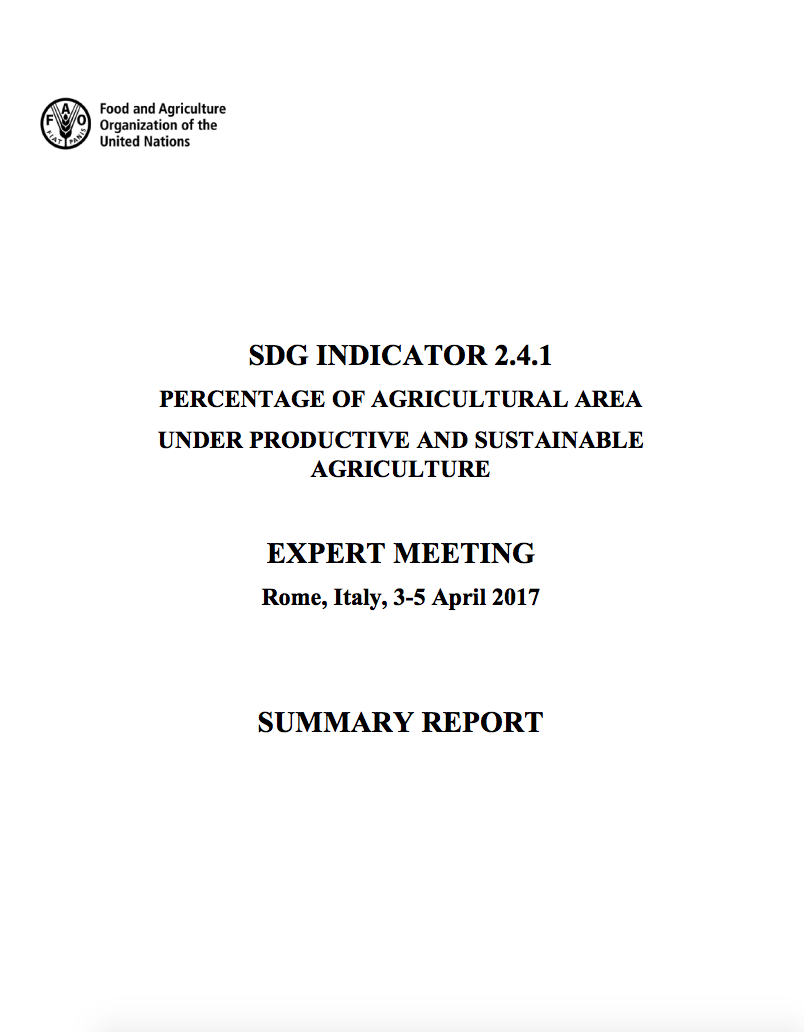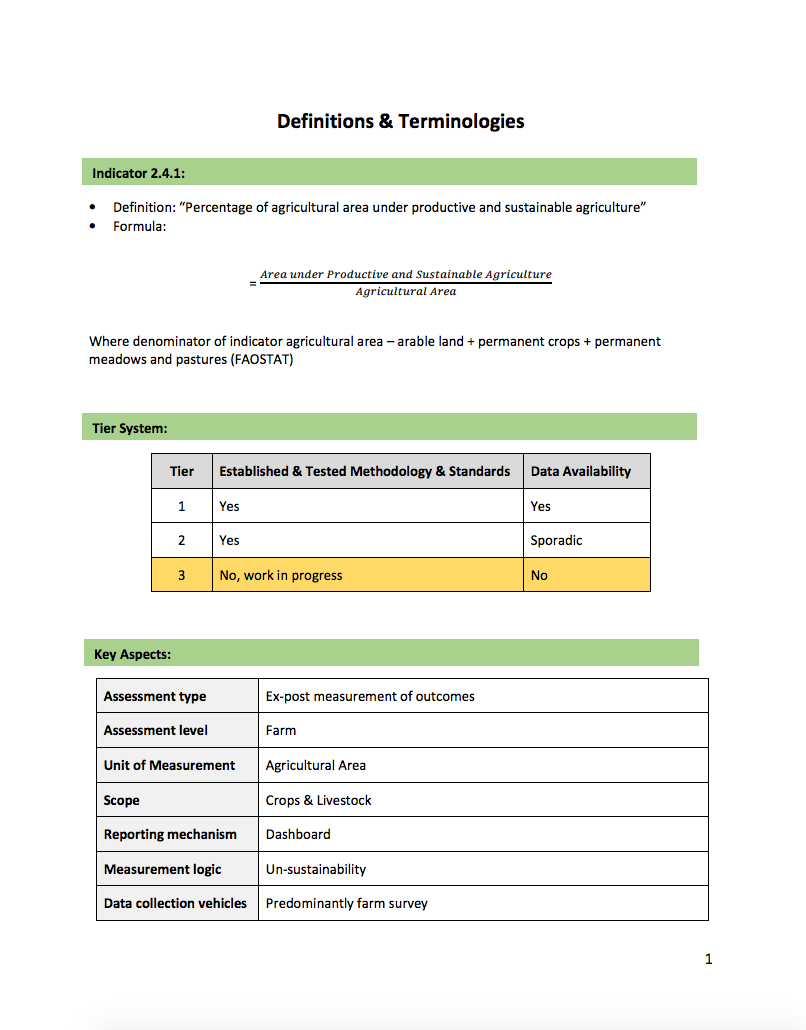Género e relações de poder na região sul de Moçambique
Nos últimos anos os estudos sobre relações de género têm gerado muitos debates, principalmente quando o tema está associado ao meio rural, onde os processos de mudança e de aceitação de transformações de atitudes e comportamentos estão relacionados com a iliteracia, os costumes, tabus, bem como com a divisão social do trabalho configurados por relações de poder marcadas por desigualdades.






